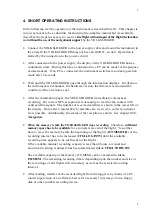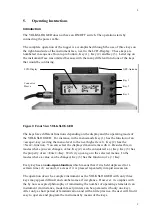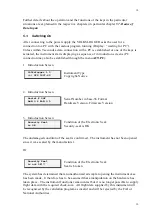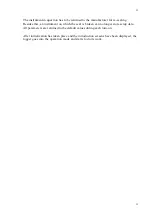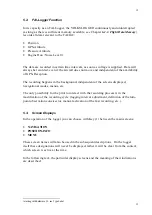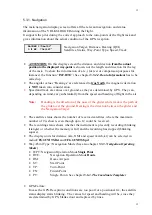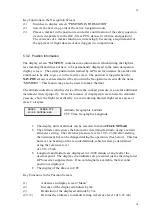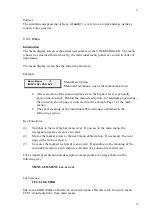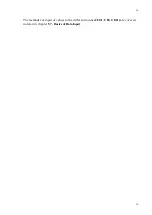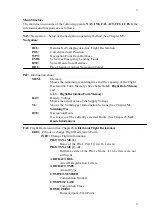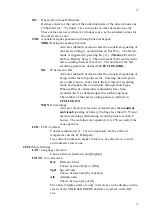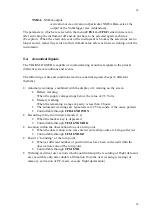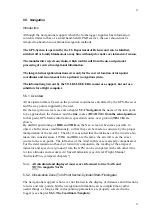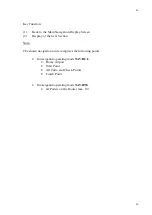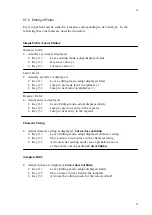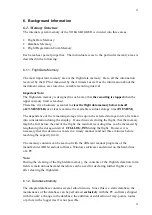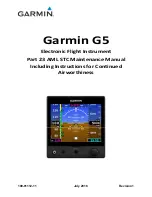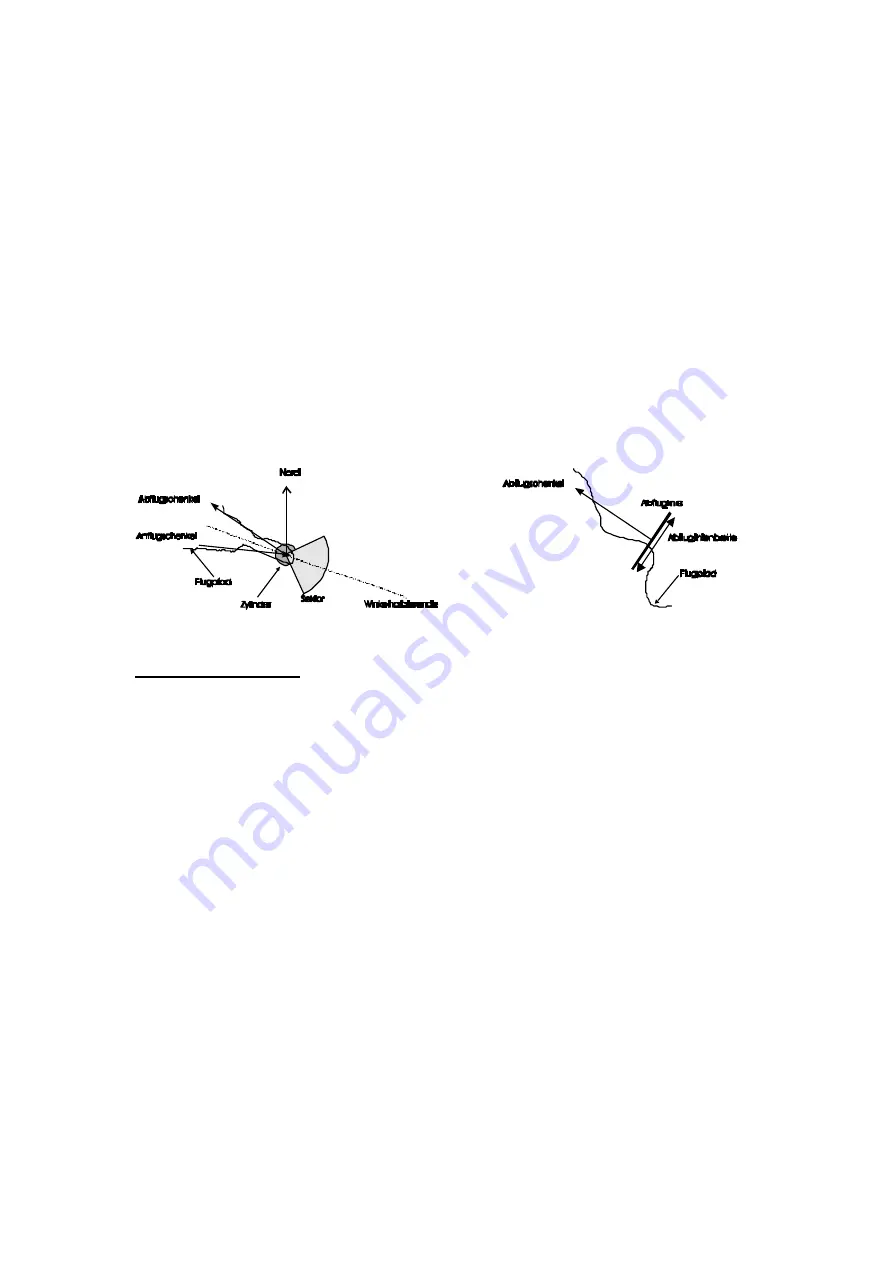
22
22
•
After arrival at the Observation Zone (also called Sector, Cylinder etc.) of the turn
point presently defined as the navigation target, the recording interval is reduced to
one second for a certain length of time (adjustable in
CFG1.LOG.OZ
). This assures
good resolution of the local documentation for the flight in the vicinity of the turn
point.
Simultaneously, the pilot is informed of this situation by an acoustical signal (short
beeps at one-second intervals).
There is no reducing the recording interval for crossing Start-/Finishgate, because
most of the used Analysis-Software is determinig the exact time for crossing the
gates by interpolation.
•
After passage of the pre-selected time, the logger automatically switches over to the
next turn point of the task / route, as long as it is in existence. This is communicated
to the pilot by another acoustical signal (one long beep, duration 1s).
Figure 3: Observation Zone Sector/Cylinder/Start-/Finishgate
Explanation of Terms:
Angle Bisector:
A line which lies symmetrically between arrival and departure paths
and intersects both in the turn point
Observation Zone:
Area within the circle with a certain Radius
R
Z
around the turn point
coordinates
R
Z
=
500m
for DMST-Flights.
Sector:
Area within the 90 (degree) circle sector with the radius
R
S
located
symmetrically to the angle bisector.
R
S
=3 km for FAI flights
Sector Angle:
Angle
W
S
between North and angle bisector, for FAI flights.
Partially, other regulations apply, in which case one has to go from
an automatically calculated angle over the bisector to entering the
angle manually. (See also chapter
5.6.3. The Coordinate Template
).
Mathematical conditions for presence in the Observation Zone:
(Distance < R
Z
) or ((distance < R
S
) and (|(QDR - W
S
)| < 45°)

